Strategic change on the southern front. Manych operation
Battle on the manych
Heavy fighting went on the Manychsky sector of the Southern Front. After the defeat of the 11 Red Army in the North Caucasus, its two divisions, which were reorganized into the Separate Army (Stavropol Group), moved to the Salsk steppes, located in the area between the Don and the Volunteer armies. Several times White attacked the enemy, but without much success. The Reds were based in the large village of Repair, which more than once passed from hand to hand. In February, the 1919 of the Red Command conducted a new reorganization of the troops: from the remnants of the 11 and 12 armies, which were defeated in the North Caucasus, in the Astrakhan region, they formed a new 11 army.
Meanwhile, the 10 Army, located in the Tsaritsyn area and significantly reinforced, went on the offensive against Tikhoretskaya in March. The Cossacks of Mamontov, who had previously held on, quivered. Army Egorova established a link with a separate army. Also in the 10-th army included the Caspian-Steppe group of the Redneck. After that, the Red Army dealt a powerful combined blow to the Mamontov group. The Stavropol group was advancing on the Grand Duke, bypassing the Mamontov Cossacks from the flank and rear. From the front, on Kotelnikovo, the troops of the 10 Army, including the 4 Cavalry Division of Budenny, attacked. The eastern front of the Cossacks collapsed. White Cossacks fled to the steppe or for the Manych and even for the Don. The pivot parts of the grand-ducal group of General Kutepov also could not stand the blow. The Reds took the Grand-Ducal, forced the Manych.
By early April, the Red Army occupied the Merchant, Ataman, advanced units to the Mechetinskaya. As a result, the White Army remained a narrow strip in 100 km, which connected the Don with the Kuban, the only railway (Vladikavkaz) ran through it. The white command had to transfer here everything that was in the rear. Moreover, in order to stabilize the front, it was necessary to transfer parts from the western sector, where fierce battles were fought in the Donbas.
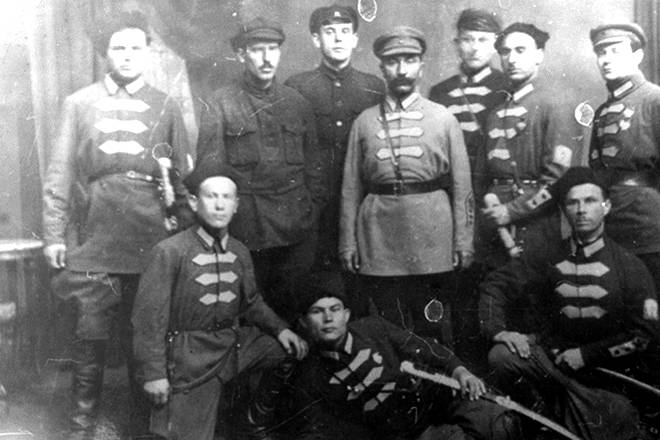
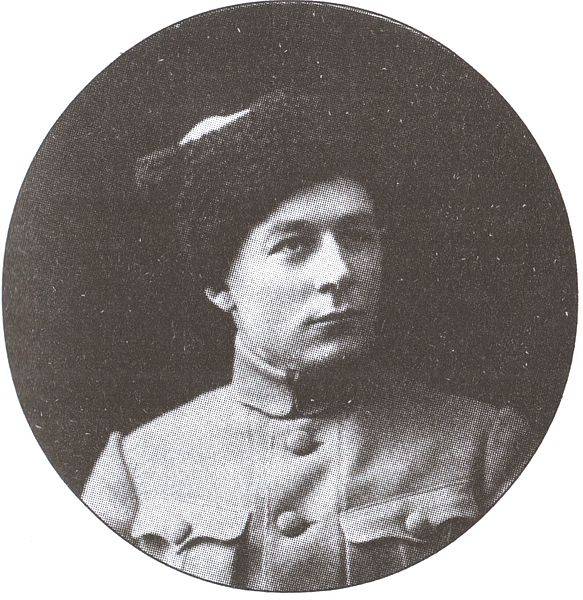
The choice of strategy VSYUR
During this period, the leadership of the White Army had a dispute over future offensive operations. The Caucasian Volunteer Army was temporarily commanded by the Chief of Staff, General Yuzefovich. He replaced the sick Wrangel. And Yuzefovich, and Wrangell sharply disagreed with the rate of Denikin. Yuzefovich and Wrangel believed that the main blow needed to be applied to Tsaritsyn in order to establish contact with Kolchak's troops. To do this, it was necessary to donate Donbas, which they still could not hold, to pull the troops on the western flank to the line of the Mius river - Gundorovskaya station, covering the Novocherkassk-Tsaritsyn railway. Leave only the Don Army on the right bank of the Don, and transfer the Caucasian Volunteer Army to the eastern flank, advancing on Tsaritsyn and hiding behind Don. That is, it was proposed to concentrate all the efforts of Denikin’s army, its selective units on the eastern sector of the front, in order to break through to Kolchak.
Denikin's headquarters was against this idea. First, this plan led to the loss of the Donetsk Coal Basin, which Moscow considered most important for the cause of the revolution in Russia, the right-bank part of the Don Region with Rostov and Novocherkassk. That is, the possibility of White offensive in the Kharkov direction, and further to Novorossia and Little Russia, was lost.
Secondly, such a turn inflicted a powerful moral strike on the Don Army, the White Cossacks only began to recover, supported by the neighborhood of volunteers. Militarily, the Don Army simply would not have kept the new sector of the front. The departure of volunteers to the east liberated the forces of the 13, 14 and part of the 8 of the Red armies, who were given the opportunity to deliver powerful blows to the flank and rear of the Don battalion and destroy them. There is no doubt that the Don Cossacks and Kuban immediately would have accused the white command of treason.
Third, the inevitable in such a situation, a new catastrophe of the Don Army led to a critical situation for the volunteers themselves. The main forces of the Southern Red Front (8-I, 9-I, 13-I and 14-I armies) received an excellent opportunity on the shoulders of demoralized and broken donts to force the Don, to attack the rear and communications of the Volunteer Army in Ekaterinodar and Novorossiysk. Also, the Reds had every opportunity to immediately strengthen the Tsaritsyn direction, transfer troops to the Volga. In addition, the advance of volunteers to Tsaritsyn and further north, given that their rear communications were greatly stretched and hit by the enemy, and the path to the Volga went through a deserted and low-water steppe, which excluded the possibility of organizing replenishment and supply on the spot. So it was a road to disaster.
Thus, the headquarters of Denikin, in agreement with the command of the Don Army, planned to keep the Donets Basin and the northern part of the Don Region in order to maintain the morale of the Don, to have a strategic springboard for advancing the shortest ways to Moscow and economic considerations (Donbass coal). Volunteers were supposed to attack four Soviet armies on the Southern Front, and at the same time crush the 10 Army in the Tsaritsin area. Thus, to constrain the forces of the Red Army and to assist the army of Kolchak in Eastern Russia.
The May-Mayevsky group in April 1919 continued heavy fighting in the Donetsk area. The situation was so critical that the corps commander and Wrangel proposed to withdraw troops to Taganrog, which would preserve the backbone of the best forces of the Volunteer Army. Wrangel again raised the issue of withdrawing the troops of the Caucasian Volunteer Army. However, the rate of Denikin stood on his own - to keep the front at any cost. As a result, the troops of May-Mayevsky withstood the 6-month struggle against the Donets Basin.
The Manych operation of Denikin’s army
The situation in the Manych direction was still dangerous. The Reds were already on the line of the Bataysk-Torgovaya railway, and their intelligence was in transition from Rostov-on-Don. Therefore, the rate of Denikin hastily began to transfer additional forces to this area. 18 - 20 April 1919 of the year White held a concentration of troops in three groups: General Pokrovsky - in the Bataysk region, General Kutepov - west of Torgovaya and General Ulagay - south of Divnoye, in the Stavropol direction. The commander of the group was appointed Wrangell. The White Army was given the task of defeating the enemy and dropping him for the Manych and Sal. The Ulagaya group was to develop an offensive in the direction of the Stavropol-Tsaritsyn tract.
21 April 1919 White went on the offensive and by the 25-th rejected the 10-th Red Army for the Manych. In the center of the division Shatilova crossed the river and defeated red, taking a large number of prisoners. The Kubans of Ulagai also crossed the Manych and defeated the enemy from Kormovoy and Priyutny. At the mouth of the river, White could not force the Manych. There was a barrier under the command of General Patrikeev. General Kutepov, who commanded here earlier, assumed the command of the May-Mayevsky corps, which in turn headed the Volunteer Army. After that, most of the cavalry (5 divisions) was concentrated around the mouth of the Yegorlyk River, to strike at the Grand-Prince.
At the same time, Denikin’s army was reorganized. The Caucasian Volunteer Army was divided into two armies: the Caucasian, which was advancing on Tsaritsyn, it was headed by Wrangel and the Volunteer Army proper under May-Mayevsky. The main attack force of the Volunteer Army was the 1 Army Corps under the command of General Kutepov, which consisted of selected "nominal" or "color" regiments - Kornilov, Markovsky, Drozdovsky and Alekseevsky. The Don Army of Sidorin was reorganized. The remnants of the three armies of the Don Army were brought into corps, corps in divisions, divisions - in brigades. Thus, the three main groups of the VYVR were transformed into three armies - the Volunteer, Don and Caucasian. In addition, a small group of troops was in the Crimea - the Crimean-Azov Army of Borovsky (since May 1919 of the year - the 3-th Army Corps).
From 1 to 5 in May (14 - 18 in May) 1919, Wrangel’s equestrian group prepared for an offensive against the Grand Prince. At the same time, on the right wing, Ulagaya's troops, advancing on the Tsaritsyn highway and going to the rear of the Grand-Princely, passed north of Manych more than 100 versts and reached the village of Torgovoe on the Sal river. In the battles of Priyutny, Repair, Kuban defeated the Steppe Group of the 10 Army. The rifle division was crushed, a large number of Red Army soldiers were captured, carts and 30 guns became the trophies of the whites. Commander Yegorov, concerned about the release of the white cavalry to his communications, sent from the area of the Grand Duke to intercept I settle the Dumenko Equestrian group. 4 May near Grabyevskoy in a tight fight Dumenko's cavalry was defeated.
The success of the raid of the detachments of Ulagaya predetermined the outcome of the attack on the Grand Duchy. 5 May Manych forced the horse group under Wrangel. In the three-day stubborn battle of the Grand-Ducal central group of the 10 Army, Yegorov was defeated. White took Grand Duchy. The frustrated 10 th Red Army, having lost in battle 22 of April - 8 of May only a few thousand prisoners, 55 of guns, retreated towards Tsaritsyn. The withdrawal of the Red Army covered the Cavdiviziya Budyonny. The troops of the Caucasian Army Wrangel continued the offensive.
In early May 1919, the White Guards also won in the Donetsk direction. The troops of May-Mayevsky launched a counter-offensive, occupied the area of Yuzovka and Mariupol, captured a large number of prisoners, and rich trophies.
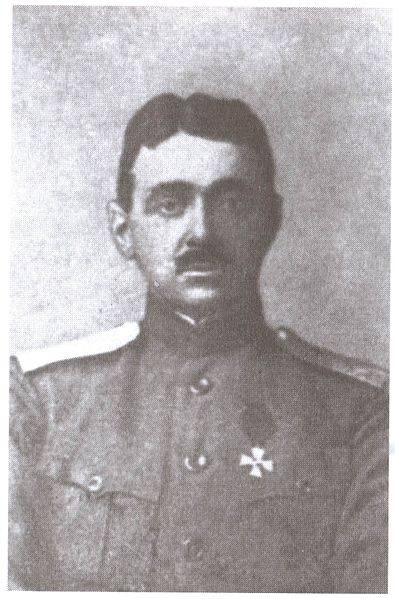
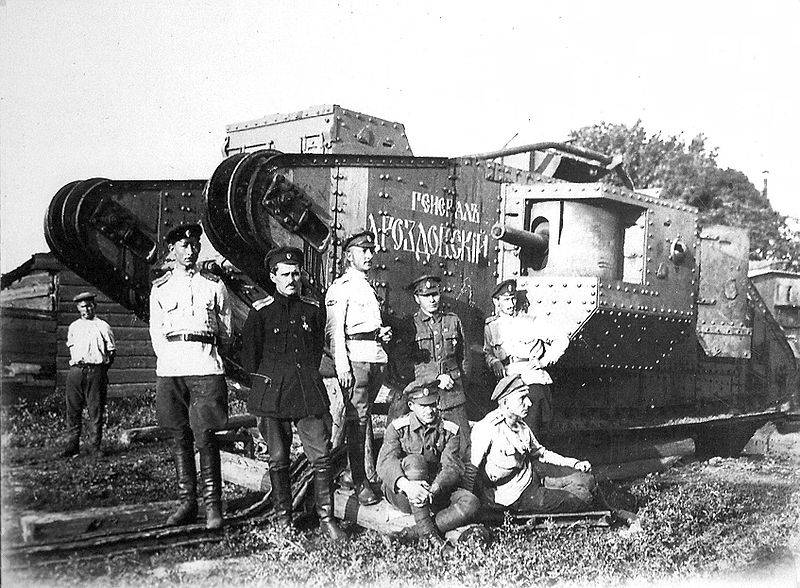
A radical change in favor of the White Army
Thus, at the beginning of May 1919 of the year on the Southern front from Donets to the Sea of Azov there was a turning point in favor of the whites. In the camp of the Red Army, signs of decomposition were noted. Unsuccessful offensive operations, bloody protracted battles knocked out a significant part of the combat-ready red parts. The remaining units, especially those made up of "Ukrainian" insurgent units, decomposed and pulled the rest of the troops along. Desertion has become a mass phenomenon.
In the rear of the Red Army, the situation was also difficult. The Upper Don River uprising continued, dragging the Red forces onto the rebel Cossacks. April 24 raised a rebellion against the Bolsheviks, Ataman Grigoriev, under the command of which was a whole gangster army. He had massive support from the local population. The rebels captured Elisavetgrad, Znamenka, Alexandria, and approached Ekaterinoslav. To fight it, we had to direct the reserves of the Southern Red Front, weakening the Donetsk direction. At the same time, the tension between the Bolsheviks and Ataman Makhno was growing, which was reflected in the position of the Reds in the Azov region. All Little Russia was still teeming with various atamans and daddies, who recognized the Soviet government very formally (as long as the red was the power), who continued to “walk” in the rear.
At the same time, a new wave of peasant war began in Little Russia, now against the Bolsheviks. The peasants of Little Russia were already robbed by the Austro-German occupiers, the regimes of the Directory and Petlyura. Much of the past harvest and livestock were requisitioned and exported to Germany and Austria-Hungary. And after the Red Army occupied Ukraine, the peasants were in for a new misfortune — a surplus and collectivization. Lands of landowners and wealthy peasants (kulaks) passed into the hands of the state, state farms tried to organize them. At the same time, the peasants already felt the will, had experienced leaders and weapon. But weapons in the Ukraine and the New Russia were the sea - from the Russian front of the First World War left, and from the Austro-German, and from the fronts of "independent" Ukraine. They have already divided the land of large farms, livestock and equipment. Now it tried to take away from them. Therefore, in the spring in the Ukraine, the peasant war flared up with a new force. In the region, detachments of the most diverse battles and chieftains, of all political nuances — for Soviet power, but without the Bolsheviks, nationalists, anarchists, Social Revolutionaries, and simply bandits walked around.
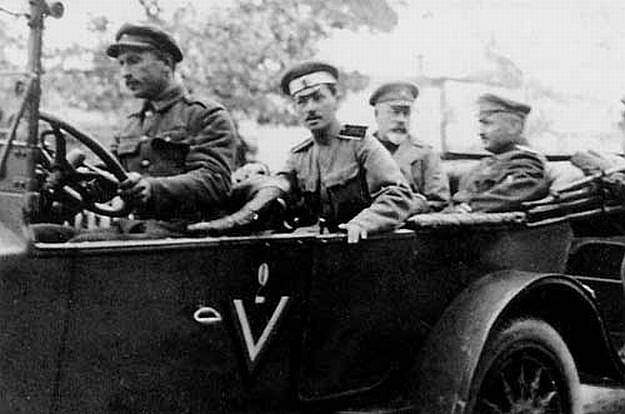
To be continued ...
- Alexander Samsonov
- Smoot. 1919 year
How the British created the Armed Forces of the South of Russia
How to restore Soviet power in Ukraine
How Petliurists led Little Russia to a complete catastrophe
How defeated Petliurism
Give the boundaries of 1772 of the year!
Battle for the North Caucasus. How to suppress the Terek Uprising
Battle for the North Caucasus. CH 2. December battle
Battle for the North Caucasus. CH 3. The January accident of the 11 Army
Battle for the North Caucasus. CH 4. How the 11 army died
Battle for the North Caucasus. CH 5. Capture of Kizlyar and the Terrible
Battle for the North Caucasus. CH 6. Furious assault of Vladikavkaz
How Georgia tried to seize Sochi
How the Whites crushed the Georgian invaders
The war of February and October as a confrontation between two civilization projects
How did the "Flight to the Volga"
How Kolchak's army broke through to the Volga
Catastrophe of the Don Cossacks
Verkhniyon uprising
How "Great Finland" planned to seize Petrograd
"All to fight with Kolchak!"
Frunze. Red Napoleon
The missed opportunities of the army of Kolchak
May offensive of the Northern Corps
How white broke through to Petrograd
Battle for the South of Russia
Information